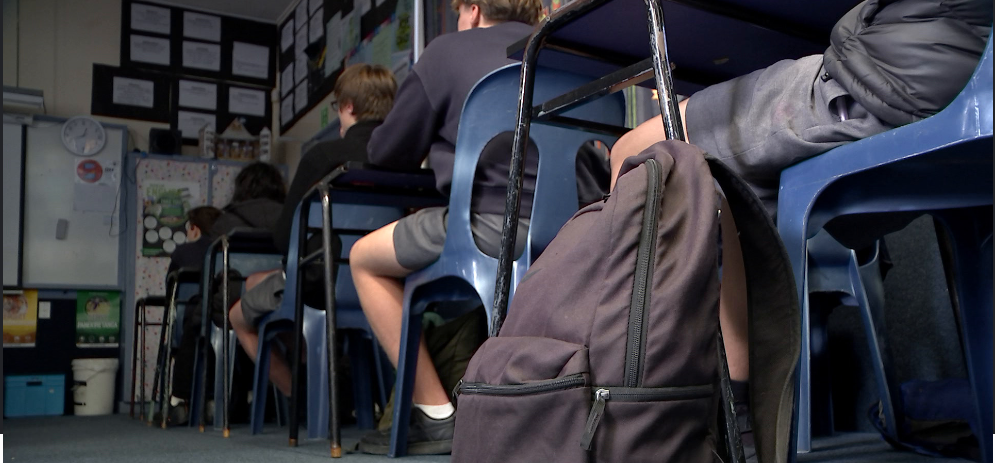Recent reports of bullying incidents at bus stations involving teenagers further emphasise the findings of a recent Organisation for Economic Co-operation and Development (OECD) report. The report sheds light on the substantial toll bullying takes on students’ mental health and school attendance.
According to the OECD report, New Zealand leads among OECD countries in reported bullying rates. The PISA 2018 survey indicated that 15% of students in New Zealand reported experiencing frequent bullying.
John Western, Principal of Seatoun School, expressed little surprise at these findings, stating that the country has been on a trajectory towards this issue for years. “It’s highly alarming. But possibly looking at our wider community and some of our leaders and how they behave, it doesn’t really surprise me unfortunately,” he remarked.
Acknowledging the gravity of the situation, the OECD report also highlighted various anti-bullying initiatives that certain schools have successfully implemented. One such program, KiVa, implemented at Seatoun School, originated in Finland and aims to foster positive student interactions while empowering them to stand up against bullying.
“We looked at all the research. Luckily we were able to tap into Victoria University at the time and see what the data told us, and we found a product that internationally, through 25 countries, actually makes a difference in these outcomes,” Western explained.
At Seatoun School, a proactive approach is taken to prevent bullying from occurring in the first place. Should an incident arise, a restorative approach is employed, wherein students are actively involved in finding solutions. This method is reinforced through surveys and data analysis to maintain low bullying rates.
Western emphasised the importance of collective responsibility in addressing bullying, involving schools, communities, parental engagement, and policy implementation. “Schools work so hard to create cultures, but we reflect communities, and we reflect the wider culture of the day so it is a wider responsibility as well,” he concluded.





